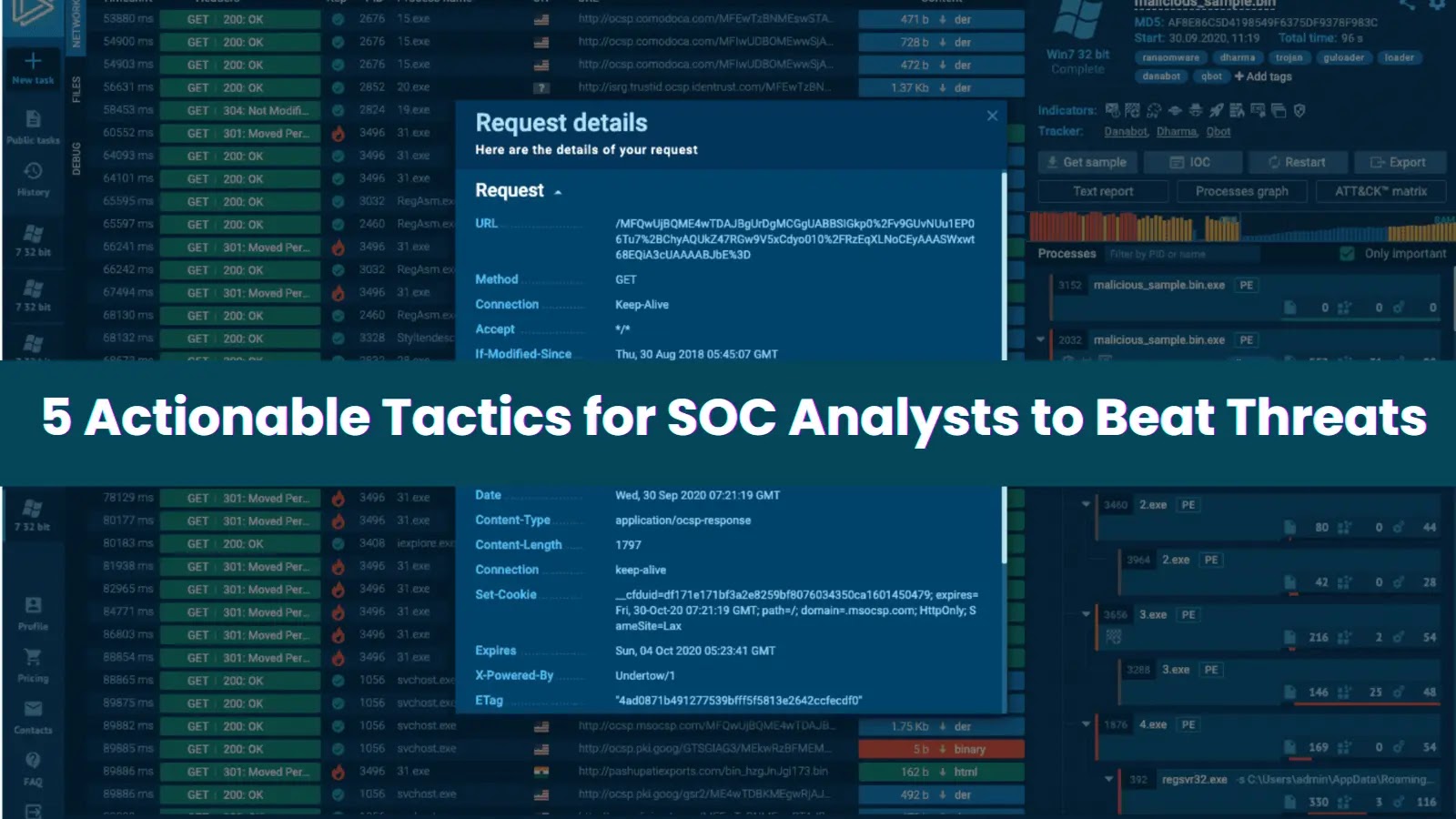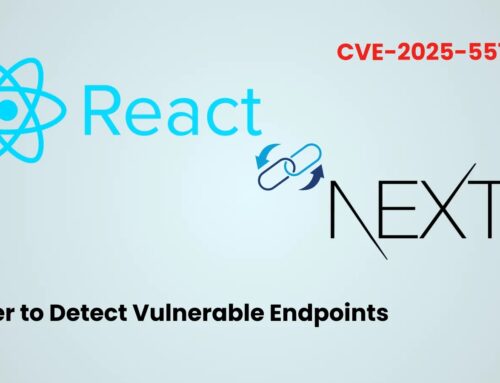
Why your Business Need Live Threat Intel from 15k SOCs
In the relentless landscape of modern digital threats, cybersecurity leaders grapple with a formidable challenge: how to distill an overwhelming influx of threat intelligence into actionable insights. The quest for comprehensive, timely, and manageable threat intelligence often feels like an impossible equation. Most solutions demand a compromise, forcing organizations to choose between breadth and depth, or between staying current and avoiding a paralyzing flood of false positives. But what if you didn’t have to choose?
The Intelligence Paradox: Overwhelmed, Yet Underprotected
Every Chief Information Security Officer (CISO) understands the struggle intimately. Deploy too few threat feeds, and your organization becomes a vulnerable target for emerging attacks. Embrace too many, and your security team drowns in a deluge of generic alerts, a significant portion of which are irrelevant or, worse, false positives. This “intelligence paradox” highlights a critical gap: the sheer volume of threat data doesn’t automatically translate into effective threat protection.
The problem is exacerbated by the pace of modern cyber warfare. Attackers are agile, constantly innovating, and exploiting vulnerabilities often before they are widely known or patched. Generic, untailored threat intelligence, while better than none, often arrives too late or lacks the contextual relevance needed to stop sophisticated, targeted attacks.
The Power of Live Threat Intelligence from 15,000+ SOCs
Imagine a global network of over 15,000 Security Operations Centers (SOCs), each actively defending organizations, detecting new threats, and sharing their findings in real-time. This is the premise behind live threat intelligence derived from such a vast, distributed network. Unlike static threat feeds or aggregated reports, live threat intelligence offers a dynamic, continuously updated picture of the global threat landscape, observed directly from the front lines of cyber defense.
What makes this approach superior? It’s the triangulation of real-world observations. When an anomaly is detected and confirmed as a threat by multiple SOCs across different sectors and geographies, its veracity and critical nature skyrocket. This collective intelligence provides several key advantages:
- Unparalleled Freshness: Threats are identified as they emerge, often within minutes or hours of their first appearance. This drastically shrinks the window of opportunity for attackers.
- Contextual Richness: Data from diverse SOCs includes insights into attack vectors, targeted industries, and specific indicators of compromise (IOCs) that might otherwise be missed.
- Reduced False Positives: The aggregated and validated nature of this intelligence provides a higher degree of confidence. If multiple independent SOCs identify the same threat, the likelihood of it being a genuine concern is significantly higher, reducing the noise that plagues traditional threat feeds.
- Proactive Defense: By understanding emerging patterns and attacker methodologies observed globally, organizations can proactively strengthen their defenses against similar tactics before they are directly targeted.
Actionable Insights: Moving Beyond Raw Data
The true value of live threat intelligence isn’t just in the volume of data, but in its transformation into actionable insights. An effective live threat intelligence platform connected to a vast network of SOCs doesn’t just present raw data; it processes, correlates, and prioritizes it. This means:
- Automated Correlation: Identifying relationships between seemingly disparate events or IOCs across the intelligence fabric.
- Threat Scoring and Prioritization: Assigning a risk score to threats based on their observed prevalence, impact, and relevancy to your specific environment.
- Integration with Existing Security Tools: Seamlessly feeding critical intelligence into your SIEM, SOAR, EDR, and firewall systems to automate detection and response.
- Human-Augmented Analysis: Expert security analysts contributing to the interpretation and dissemination of intelligence, providing valuable context that machines alone cannot.
Consider the potential impact of a critical vulnerability like CVE-2023-27350, a privilege escalation vulnerability in PaperCut MF/NG. While its existence might be known through advisory boards, live threat intelligence could provide immediate insights into its active exploitation in the wild, the specific methods being used, and the geographical spread of attacks. This allows for a much more rapid and targeted response than simply knowing the vulnerability exists.
Remediation Actions: Leveraging Live Threat Intel
Integrating live threat intelligence into your cybersecurity strategy isn’t merely about receiving data; it’s about enabling swift, decisive action. Here’s how to leverage this powerful capability for effective remediation:
- Enhance Incident Response Playbooks: Revise and update your incident response procedures based on the latest threat patterns and attack methodologies observed by the global SOC network.
- Proactive Patching and Configuration Management: Use intelligence to prioritize patching efforts for vulnerabilities actively being exploited, such as critical RCEs like CVE-2024-21338 in Microsoft Exchange Server.
- Strengthen Detection Rules: Integrate newly identified IOCs (e.g., malicious IP addresses, domain names, file hashes) directly into your SIEM, IDS/IPS, and EDR rulesets.
- Threat Hunting: Utilize real-time threat intelligence to inform proactive threat hunts within your environment, searching for evidence of compromise that might have evaded initial defenses.
- Security Awareness Training: Update end-user training with examples of current phishing campaigns and social engineering tactics observed in real-world attacks.
- Network Segmentation and Access Control: Adjust network segmentation and access policies based on insights into lateral movement techniques used by threat actors identified through live intelligence.
| Tool Category | Purpose | Integration with Live Threat Intel |
|---|---|---|
| SIEM (Security Information and Event Management) | Centralized logging, correlation, and alerting. | Ingest live IOCs and threat context to enrich log data and generate high-fidelity alerts. |
| SOAR (Security Orchestration, Automation, and Response) | Automate incident response workflows. | Trigger automated actions (e.g., blocking IPs, isolating endpoints) based on intelligence-driven alerts. |
| EDR (Endpoint Detection and Response) / XDR (Extended Detection & Response) | Monitor and respond to threats on endpoints and across the IT stack. | Enhance detection capabilities for known malicious behaviors and TTPs (Tactics, Techniques, and Procedures) identified by live intel. |
| Threat Intelligence Platforms (TIPs) | Aggregate, process, and disseminate threat intelligence. | Act as the central hub for ingesting, enriching, and distributing live intelligence to other security tools. |
| Firewalls & IDS/IPS | Network perimeter defense and intrusion prevention. | Automatically update blacklists and threat signatures with current malicious IP addresses and attack patterns. |
Conclusion: The Imperative for Collective Defense
The conventional approach to threat intelligence is no longer sufficient. Businesses today operate in an interconnected world where threats are global, sophisticated, and relentless. Relying solely on internal observations or generic feeds leaves organizations perpetually playing catch-up. Live threat intelligence, sourced from a vast network of engaged SOCs, offers a pathway out of the intelligence paradox. It provides the comprehensive, fresh, and actionable insights needed to genuinely protect your organization without overwhelming your team.
Embracing this model isn’t just about adopting a new tool; it’s about joining a collective defense. It’s an acknowledgment that in the face of a unified adversary, a fragmented defense is a failing one. The imperative is clear: leverage the collective power of thousands of cybersecurity defenders to transform your security posture from reactive to proactive, ensuring your business stays one step ahead of the evolving threat landscape.





